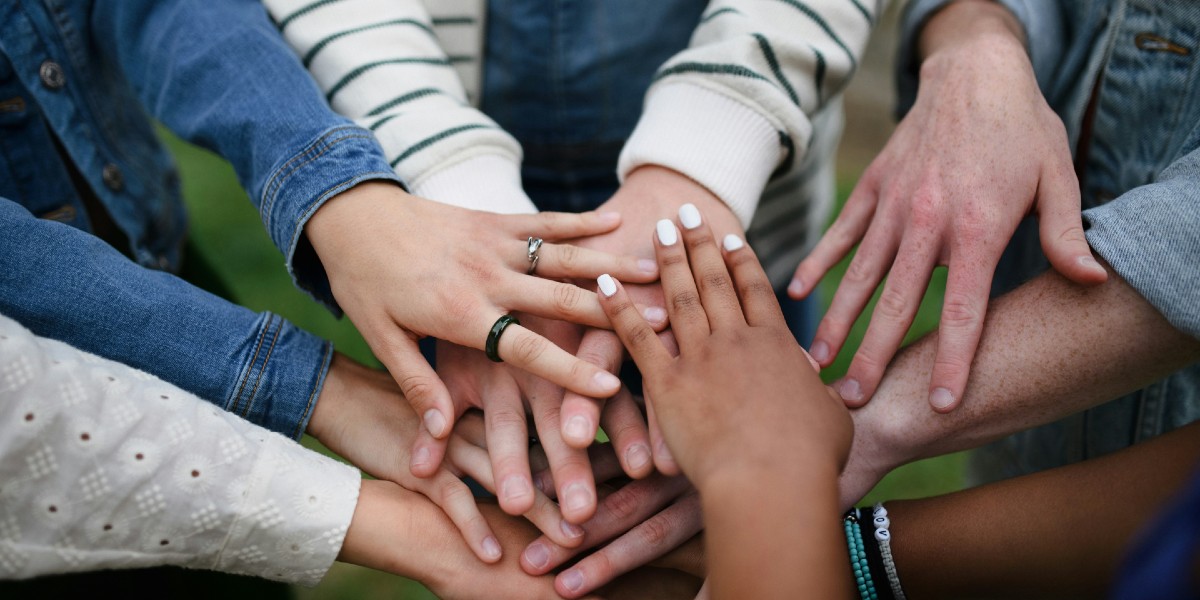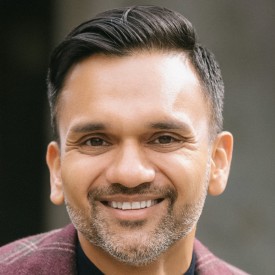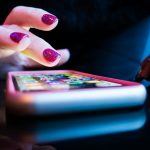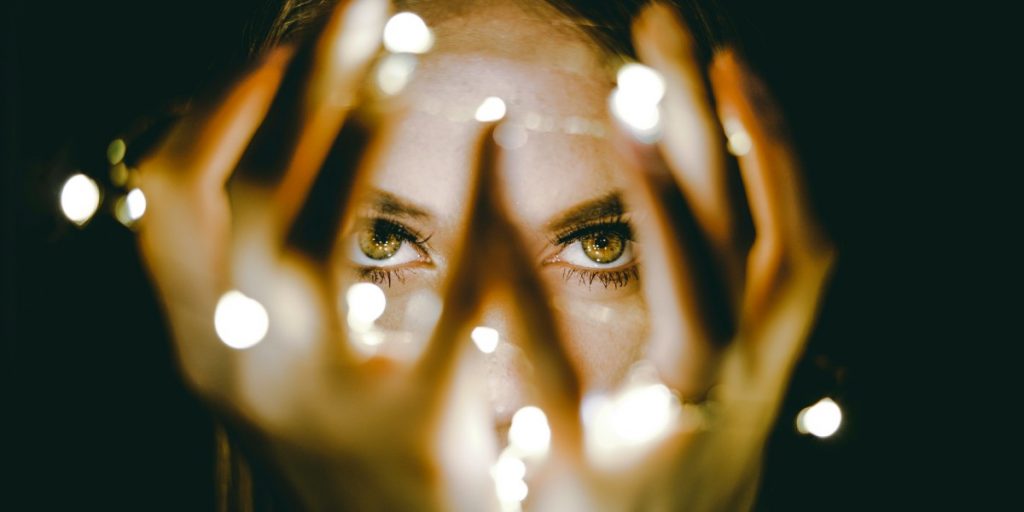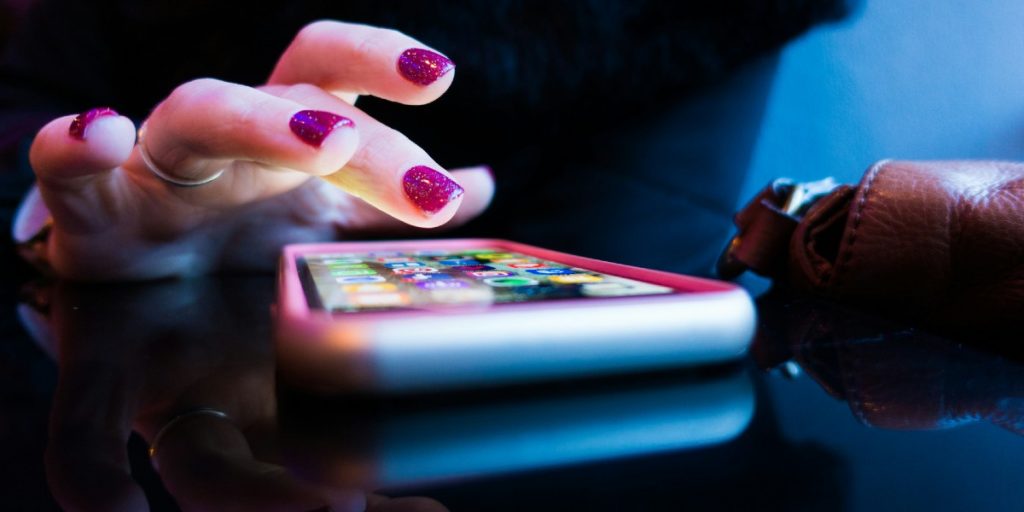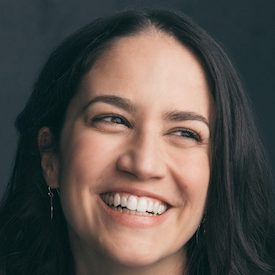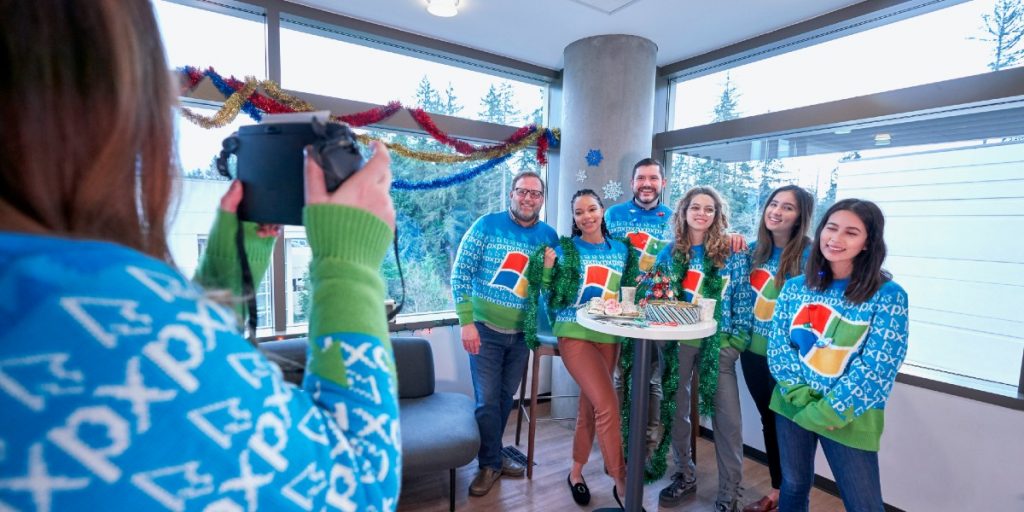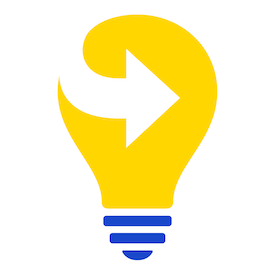Anu Gupta is a lawyer, scientist, meditation teacher, and the founder of BE MORE with Anu, a learning and development company focused on inclusion and wellness. A scholar of the neuroscience of bias and a peer-reviewed author, he has written and spoken about mitigating bias extensively, including on the Oprah Conversation and TED stage.
What’s the big idea?
Bias is the bedrock of all challenges yet has a remarkably simple solution. By training the practices of compassion and mindfulness, much of the world’s bias could be dissolved. Breaking bias has the potential to heal us from within, expand our dreams, strengthen communities, and save our planet.
Below, Anu shares five key insights from his new book, Breaking Bias: Where Stereotypes and Prejudices Come From–and the Science-Backed Method to Unravel Them. Listen to the audio version—read by Anu himself—in the Next Big Idea App.

1. Bias is the root cause of all challenges.
Bias is the building block of all challenges we face individually, locally, and globally. It shows up in our interactions with co-workers, family members, and strangers. It impairs the services we provide, such as health care, education, or policing. It compromises the products we design, such as apps, clothing, and the code for artificial intelligence. It limits the cultural narratives we construct in film, theater, and the news media. It hinders the success of policy solutions we recommend for issues like climate change, disinformation, and mental health. Most strikingly, it appears in how we treat ourselves and one another.
In addition, bias is a tremendous waste of money. Racial bias alone costs the American economy $2 trillion annually due to wasted costs and thwarted performance. Imagine the accumulated costs of all forms of biases in our world – those rooted in race, religion, gender, class, beliefs, and abilities, among many others. That’s trillions of dollars of wasted financial resources, time, physical, mental, emotional, and physical energy, and ultimately our human potential.
2. Biases are learned.
All biases are learned mental habits, popularly understood as Hebb’s Rule: “Neurons that fire together, wire together.” Bias manifests in two forms:
- Conscious bias: a learned habit of false beliefs.
- Unconscious bias: a learned habit of thoughts.
Both forms distort how we perceive, reason, remember, and make decisions toward ourselves and others. Think of a doctor with her patients, a teacher with his students, a depressed teenager who wishes they were slimmer, a politician speaking to prospective voters, or a coder who writes the code for the many algorithms dictating our lives. Because of bias, we are struggling to belong to ourselves and in our families, workplaces, and communities.
With that said, we have a choice: to continue to perpetuate a society built on bias or to learn the scientific tools to break it. Using these tools, we can build workplaces and communities where belonging replaces bias. Unless we break bias, we will continue to witness and experience the inefficiencies, inequities, and suffering caused by bias.
3. Bias impacts business in three ways.
Bias creates patterns of inefficiencies that stem from shared habits of false beliefs or thoughts within decision-makers. I’ve identified three buckets that capture how bias impacts business: human relationships or HR, product development, or service delivery.
When it comes to human relationships or HR, the phenomenon known as the glass ceiling (where women fail to get promoted) results from shared perceptions among decision-makers that tie a human’s gender with their competency.
“Bias creates patterns of inefficiencies that stem from shared habits of false beliefs or thoughts within decision-makers.”
Similarly, we’ve seen how bias trickles into product development, such as facial recognition technology, the code for AI, how fashion brands create culturally insensitive luxury wear, or even the color of band-aids created by consumer product brands.
When it comes to service delivery, scientists have demonstrated that conscious and unconscious biases are responsible for persistent patterns of racial, gender, and other identity-based disparities in the delivery of financial services, healthcare, education, or justice.
Most people involved in these processes are not consciously biased towards any one gender or ethnicity—and many are from marginalized groups themselves—but their unchecked habits of false beliefs and thoughts end up harming numerous humans while causing tremendous harm to their employer’s brand, reputation, and bottom line.
4. Biases can be unlearned using the PRISM Toolkit.
Growing up, I consciously and unconsciously learned many lies about my many identities, such as being gay is unnatural or that men are stronger than women, and thanks to the phenomenon known as neuroplasticity, I was able to unlearn these lies. Neuroplasticity is the ability of our brains to build new habits and rewire itself through regular practice. We can do this using the PRISM Toolkit, an acronym for five neuroscience-based, somatically informed tools that support this process. We begin practicing PRISM in reverse, starting with M and moving our way to P:
• Mindfulness. For example, we label stereotypes associated with being gay or an immigrant as false when we notice them in our minds or surroundings.
• Stereotype replacement. After noticing stereotypes, we actively replace them with positive counterexamples to neutralize them. This begins the process of rewiring our mental habits.
• Individuation. We investigate where those beliefs came from with curiosity.
• The last two go together—prosocial behaviors and perspective-taking—using tools like compassion, kindness, and empathy to shift the negative emotions connected with certain human identities.
Using PRISM, we unlearn and learn new habits of being with ourselves and one another.
5. Managing shame with compassion is the key to breaking bias.
Enacting, experiencing, and even witnessing bias can trigger many afflictive emotions, such as shame, guilt, disappointment, and grief. Science shows that when such emotional experiences are unrecognized and unattended, they can become unskillful actions such as canceling others, calling others out, anger, and vengeance.
“The absence of compassion is the primary cause of polarization and the anti-DEI backlash.”
Cultivating mindfulness and prosocial behaviors toward oneself and others helps us tackle these unskillful actions. As mental and emotional states, compassion supports the strengthening of patience, the ability to see issues from multiple perspectives, and to be with, feel, and transmute afflictive emotions, concepts, and sensations that accompany the experience of bias.
The absence of compassion is the primary cause of polarization and the anti-DEI backlash. The good news is that with the regular practice of PRISM, we can shift habitual, unskillful ways toward what’s more life-giving and wholesome.
If we can imagine colonizing Mars, why can’t we imagine living on Earth without bias? This process of reframing and reimagining is at the core of Breaking Bias. It can seem hard, but it’s actually very simple, and this is why the practices of mindfulness and compassion are the bedrock of my book.
To listen to the audio version read by author Anu Gupta, download the Next Big Idea App today:












